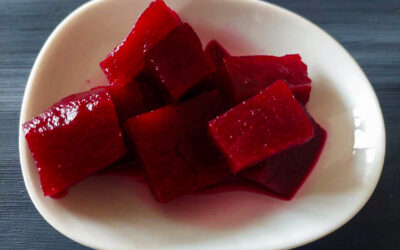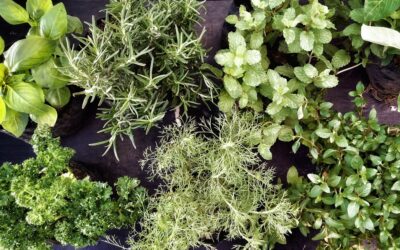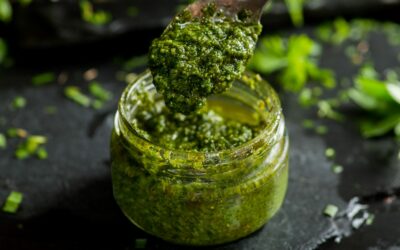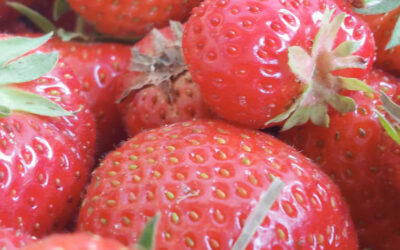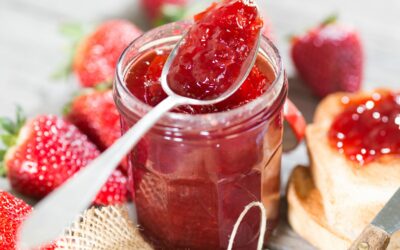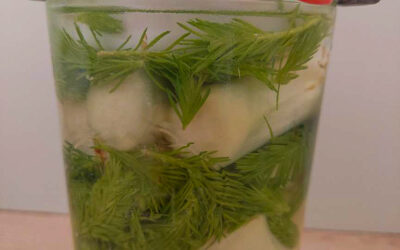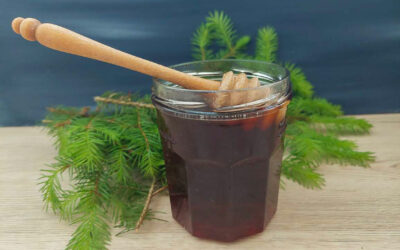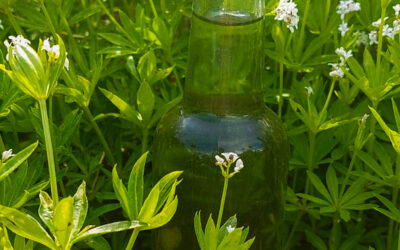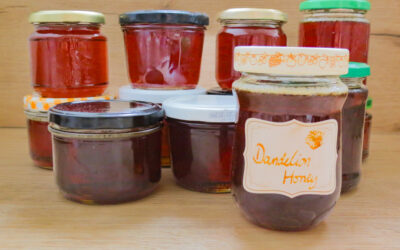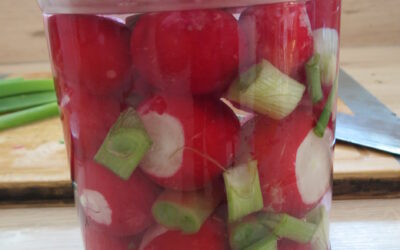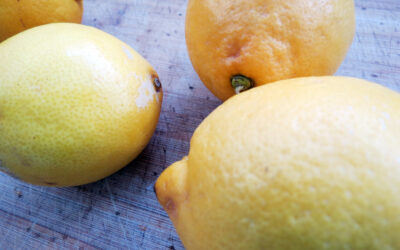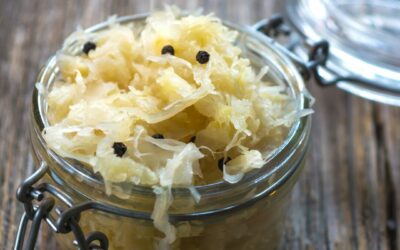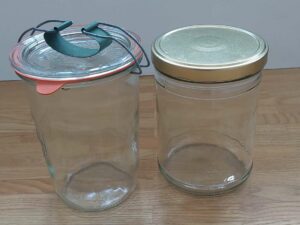The Art of Preserving: Capture Nature’s Bounty
There’s something truly magical about opening a jar of tomato sauce in the dead of winter or gifting homemade preserves to friends and family. Discover how this rewarding practice brings sustainability, savings, and incredible flavour to your kitchen!
From water bath canning vibrant jams and pickles to pressure canning hearty soups and sauces, I guide you through safe, tested methods to store nature’s bounty. Learn how simple techniques like freezing and fermenting can transform fresh produce into pantry treasures that last for months.
Beginners will find step-by-step instructions that take the mystery out of preserving, while experienced canners can explore unique flavour combinations and international preserving traditions.
Pickled beetroots
Never judge a book by its cover - or in this case: a vegetable by its appearance. Beetroots are not the prettiest of veggies. They are plump, dirty and make a hell of a mess when cut up. But if you get to know them, you'll love them. You can eat them raw, cooked,...
How to dry herbs
What would cooking be without herbs? They not only are beneficial for our health but also add flavour to practically any dish. To make sure that we can use herbs all year round, we have to preserve them during summer. Drying is the most common practice to preserve...
Six great ways to preserve herbs
Herbs are often unremarkable to look at, but man, what would we do without their flavour? Can you imagine a tomato sauce without thyme, rosemary and basil? Or a roast without a bouquet garni? What about pesto and herb butter for a barbecue? Yet, herbs not only flatter...
Three recipes for herb pesto
Aficionados of pasta and fresh vegetables appreciate the fresh and aromatic flavour of pesto. If you have fresh herbs at hand you can make some delicious herb pesto with simple means and relatively few ingredients. The big advantage compared to the store-bought...
Five uses for calendula
The first year I cultivated my garden, I decided to sow a few calendula between rows of red cabbage. The patch looked beautiful with its combination of thick violet cabbage heads and the bright orange calendula flowers floating above them like tiny suns. Not knowing...
My favourite strawberry jams with a twist
Fancy strawberry jam with a twist? Try these yummy recipes for strawberry jam with mint, woodruff or kiwi. Four ingredients and about 30 minutes of your time are all you need to be sent to seventh jam heaven. Strawberry Mint Jam My first recipe is for strawberry mint...
Classic strawberry jam
Strawberries! These sweet, bright red fruits are always a highlight in desserts and cakes. And above all in homemade classic strawberry jam! Enjoy it on freshly baked rolls and you have the ultimate indulgence for breakfast. You can easily capture the sweet taste of...
Fermented asparagus with spruce tips
For quite a long time, I only ate asparagus with sauce hollandaise and young potatoes, topped with some bacon if I felt adventurous. Not because I like asparagus best that way but because I didn't know it in any other way. So, when a short while ago, I tasted raw...
Spruce tip honey
Every spring, the firs and spruces grow new, light green tips. Spruce tips start growing in April and, depending on the weather, you can forage them until the end of May, just as long as they are still light green. Spruce tips contain essential oils, but not as much...
Woodruff syrup
When I was a kid, woodruff sherbet powder was totally en vogue! Sometimes, when my friends and I were walking back from school, we went to the local store and bought some of it as a treat. There was also a "woodruff" jelly of a light green colour and overly sweet...
Dandelion honey
A meadow full of blooming dandelions looks like the sun is shining from the ground upwards. It's such a pretty sight! Thinking about the lifeforce and vitality of dandelions, however, I have seen gardeners go crazy: no matter how often you cut them off, they'll always...
Fermented radishes
Radishes are one of the earliest vegetables to be harvested in spring. With a cultivation time of just 3 - 4 weeks, they can be ready to eat by beginning to mid-April, if we sowed them early enough, maybe even in the greenhouse. One of my greatest delights in spring...
Fermented lemons
When I first heard about fermented lemons, I wondered what you could use them for. After all, if you wanted to taste something salty, you'd simply add salt, wouldn't you? And if you wanted a dish to taste more lemony, you'd add lemons, right? But like so often, you...
What is fermentation and how does it work?
Do you remember your granny going down into the basement and getting sauerkraut from a larger crock? No? Me neither – although I’ve grown up on a farm in rural Germany. Fermentation wasn’t „cool“anymore at that time and it was far more common to can your vegetables or...
Fermentation equipment
You wanna start fermenting and dread what you have to buy for it? No worries! The cool thing about fermentation is that you don’t need any fancy fermentation equipment. A bowl, a cutting knife and board, glass jars or other containers as well as a weight to press the...

